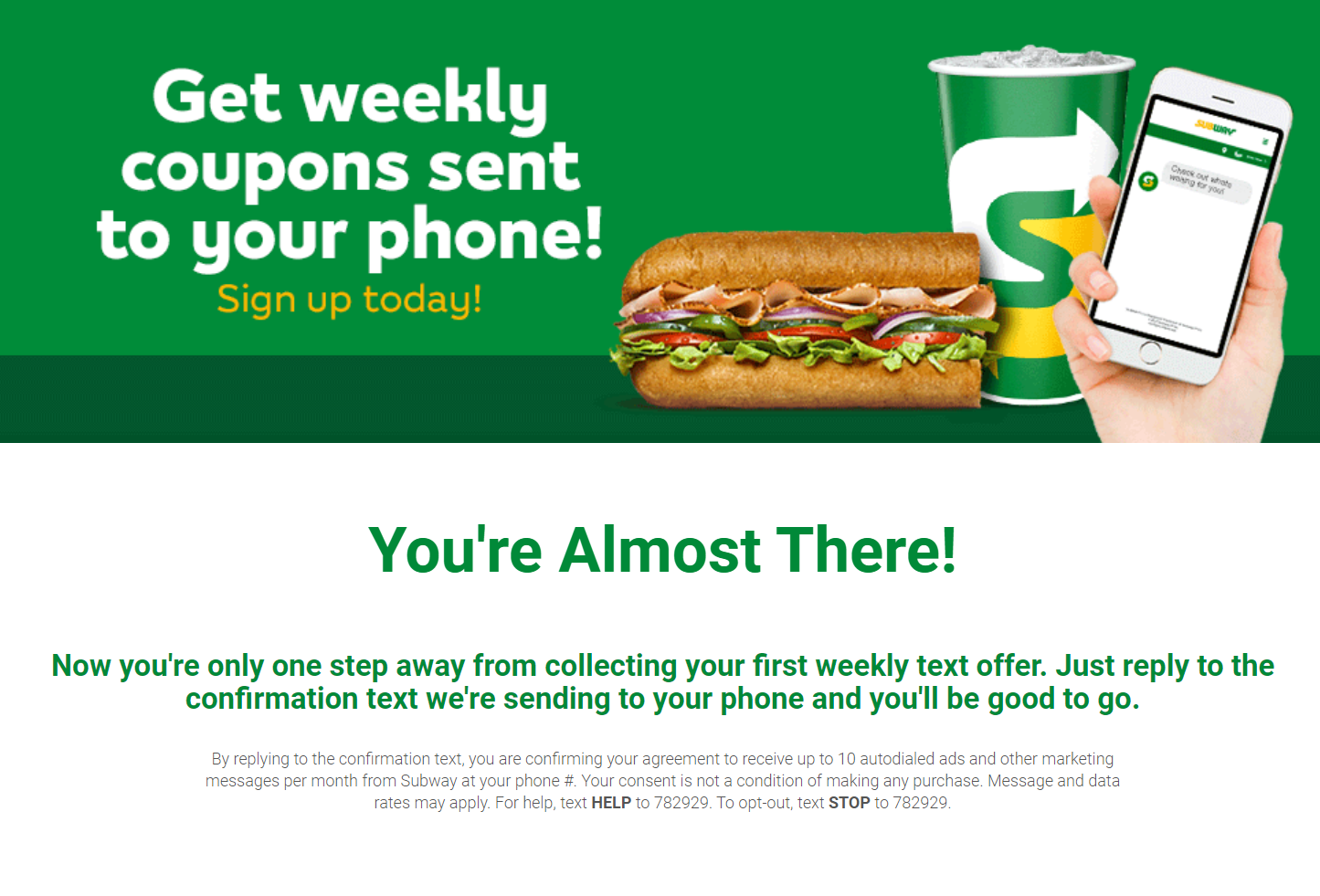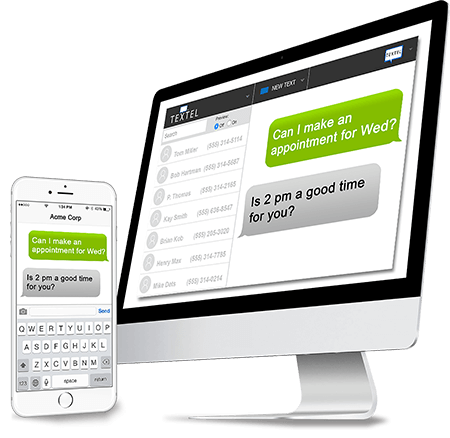There’s power in storytelling. Stories can shape, strengthen or challenge our opinions and values. And when a story catches our attention and engages us, we are more likely to absorb the message and meaning within it than if the same message was presented simply in facts and figures. The same goes for storytelling in our businesses. And the biggest story worth mapping and telling is the story of your customer journey.
A customer journey is a story about how you understand your users. It’s a roadmap for how they behave, and what you can do to improve their trip so that they keep coming back. When you pay attention to your customer journey, you can understand what they need, what motivates them, what concerns they have. Ultimately, it lets you boost your customer experience, leading to higher conversion rates and improved customer retention.
To know how to navigate your customer journey, though, you need to know how to connect with customers. What do they want? What makes them tick? And how do you make that connection? One way is by texting them.
Build Texting into Your Customer Journey
Business texting has only become more common and popular in recent years. We’re all within reach of our phones at any time, making texting a reliable way to grab your customers’ attention quickly. Texting is accessible to anyone with a phone — 97% of the American population — making it a useful channel to integrate into your customer journey.
Customers today care a lot about speed and convenience. Why would I buy from a brand with clunky technology, slow delivery, and a hard-to-reach customer service team? Instead, I go for the brands that I can reach out to at any time, on any channel, and who will help me fast. Texting helps you to do this — to reach customers instantly so you can guide customers along every step of their journey.
There are a whole lot of creative ways to integrate texting into your customer journey and experience. Let’s walk through the steps together:
Step One: Invite Customers to Reach Out to You Via Text
Before any other steps can be taken, you have to get opt-in from customers to get their consent for you to text them. This is the first touchpoint in a hopefully long-term relationship with your customers. It starts with inviting them to text you and receive texts from you. Find ways to spark that conversation early in the customer journey. On your landing pages or while they’re making a purchase, ask customers to provide a mobile number and accept incoming text messages from your company like Subway’s example below:

Step Two: Build a customer base using promotions, coupons, and rewards.
Once you have their details and consent, build your customer base. Texting opt-ins gives you a reliable list of customers who actually want to hear from you. Incentivize customers to join you for the journey, by sending them limited offers, coupon links, and other marketing messages. This will help to keep your customers engaged and increase sales.
Business texting also lets you segment your customers so you can send targeted offers to fit the specific preferences of your customers. Assign keywords to any customer or group of customers in your database according to the products they bought or showed interest in to establish a more personalized experience.
Step Three: Keep customers supported by carrying on two-way conversations.
Customers won’t stay along for the ride if they don’t feel well supported. In fact, 90% of Americans use customer service as a factor in deciding whether or not to do business with a company. So to effectively use texting within your customer journey, add two-way communication. This lets you provide service and fulfill sales with a personal and casual channel.

We’ve all been there — dragged into an exhausting call with customer service that lasts forever. That hurts your customer experience. But with texting, you can offer a fast and flexible channel for customers to get questions answered. And, when you add MMS messaging, you can include images, links to help tools, pdf files, and even emojis to make your messages more attractive, increasing engagement and offering more help with fewer words.
Step Four: Help customers stay in the know with appointment and payment reminders.
I have a calendar that hangs on my kitchen wall with all the deadlines, reminders, and plans in my life and my husband’s. There are times it gets utterly overwhelmed with pen marks. I’m not always going to remember that one bill that’s due in two days. Or I may have forgotten the date of the dentist appointment I scheduled two months ago. This is where texting adds so much to the customer journey.
Help customers stay in the know, cut down on no-shows and make your front desk staff’s life easier by automating appointment and payment reminders to customers. These automated text messages streamline communication and provide better customer service.
Step Five: Value customer thoughts and gather feedback from them.
Essential to the customer journey is knowing what your customers want. A successful customer journey includes a way for customers to communicate obstacles they faced along the way. Customer feedback, when gathered and used well, improves your product and your service, builds brand loyalty, and makes customers feel valued and important.
Texting is way more effective in reaching customers than any other channel. Customers are more likely to open a text than an email. Use texting to follow up with customers near the end of their journey. Send surveys to receive your customers’ information and preferences. Add in a quick poll, for example, for customers to review how a product or service is doing. Or simply train your service agents to ask good follow up questions after each customer interaction.
Why Texting Should be Part of Your Customer Journey
When you use texting with your other portfolio of channels, you add more touchpoints with customers to keep them interested in the relationship. Ultimately, adding texting benefits everyone. Here’s how:
- Quick delivery and response: An SMS message only takes a few seconds to deliver and can reach multiple customers with a personalized message. And customers can get quick help when needed.
- Convenience: Since it is sent directly to the customer’s phone, texting is a more personal channel. Allowing two-way communication with the customer makes it convenient for them to send questions, inquiries, and ask for support on the go.
- Simplicity: No one wants to read through a 1500 word promotional email. Text messaging is simple. It reaches a larger audience since almost everybody knows how to open the app and send a message. And since messages are short, you’ll have a great communication tool that gets straight to the point.
- Traceability: Using a text messaging system enables you to track and analyze the effectiveness of your marketing campaigns. With reports, you can evaluate how the strategy works and make the necessary adjustments.
- Efficiency: Texting helps you to plan your messages in advance, create your campaign, and target groups of people with scheduled texts. SMS software systems also let you streamline processes by using auto-responses. This leads to time and cost savings, and increases your ROI.


